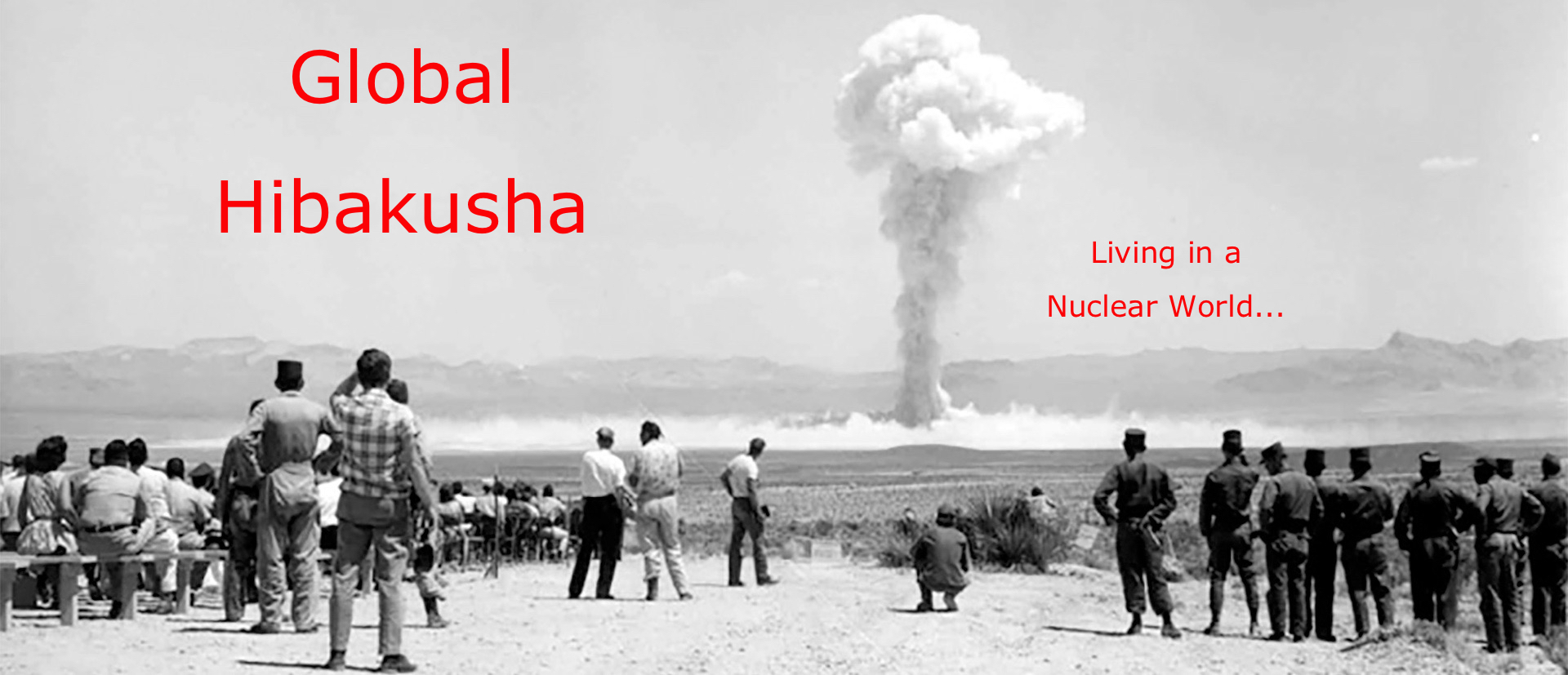What we see when we look at Hiroshima and Nagasaki depends on who we are, and where we are gazing from.,Some people see a humane use of a weapon of mass destruction whose use "ended the war" and "saved lives." Some people see a place of sorrow and mourning. For those who live here, we see home, work, friends, we see the same normal place anyone sees when they go about their day.Recently I published a book chapter on this topic in the wonderful book The unfinished atomic bomb: Shadows and

